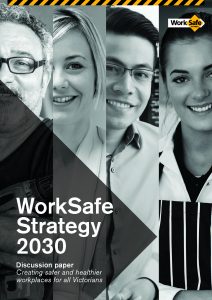“…if we truly care about human beings and their lives, including how long people live…. we need to first understand and then alter those workplace conditions that sicken and kill people” (page 25 – “Dying For A Paycheck”)
Jeffrey Pfeffer has been doing the rounds of the Safety and Human Resources conferences for some time, talking about “dying for a paycheck”. This year he published a book of that title, a book that should be obligatory reading for occupational health and safety (OHS) professionals and, more importantly, company executives.
 This book is one of the few that I have read from cover-to-cover and wanted to do so in as short a time as possible because I wanted to understand the big interconnected picture of business management and policy setting that Pfeffer discusses.
This book is one of the few that I have read from cover-to-cover and wanted to do so in as short a time as possible because I wanted to understand the big interconnected picture of business management and policy setting that Pfeffer discusses.
Pfeffer presents a lot of data packaged in a fresh and fascinating form but regularly complains about the lack of data. One of the joys in the book is being tantalised by what data he presents but then being frustrated when realising that that is the extent of the data available. Continue reading “Pfeffer cuts through on OHS”


 This is an edited version of my presentation to delegates at the inaugural
This is an edited version of my presentation to delegates at the inaugural  The publication date for the first truly international Standard on occupational health and safety (OHS) management systems,
The publication date for the first truly international Standard on occupational health and safety (OHS) management systems,  Being
Being 
